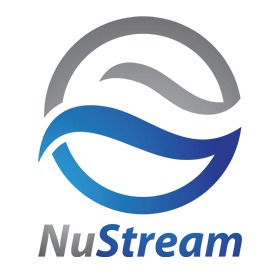NuStream Media was founded on nine years of experience in advertising and marketing.
Based out of Allentown, PA, they aim to assist small- to medium-size businesses in the Lehigh Valley, Philadelphia, New York, and surrounding areas. Their services allow their customers to gain the edge they need to stand out and grow in their markets using print, online, and visual marketing methods.


















